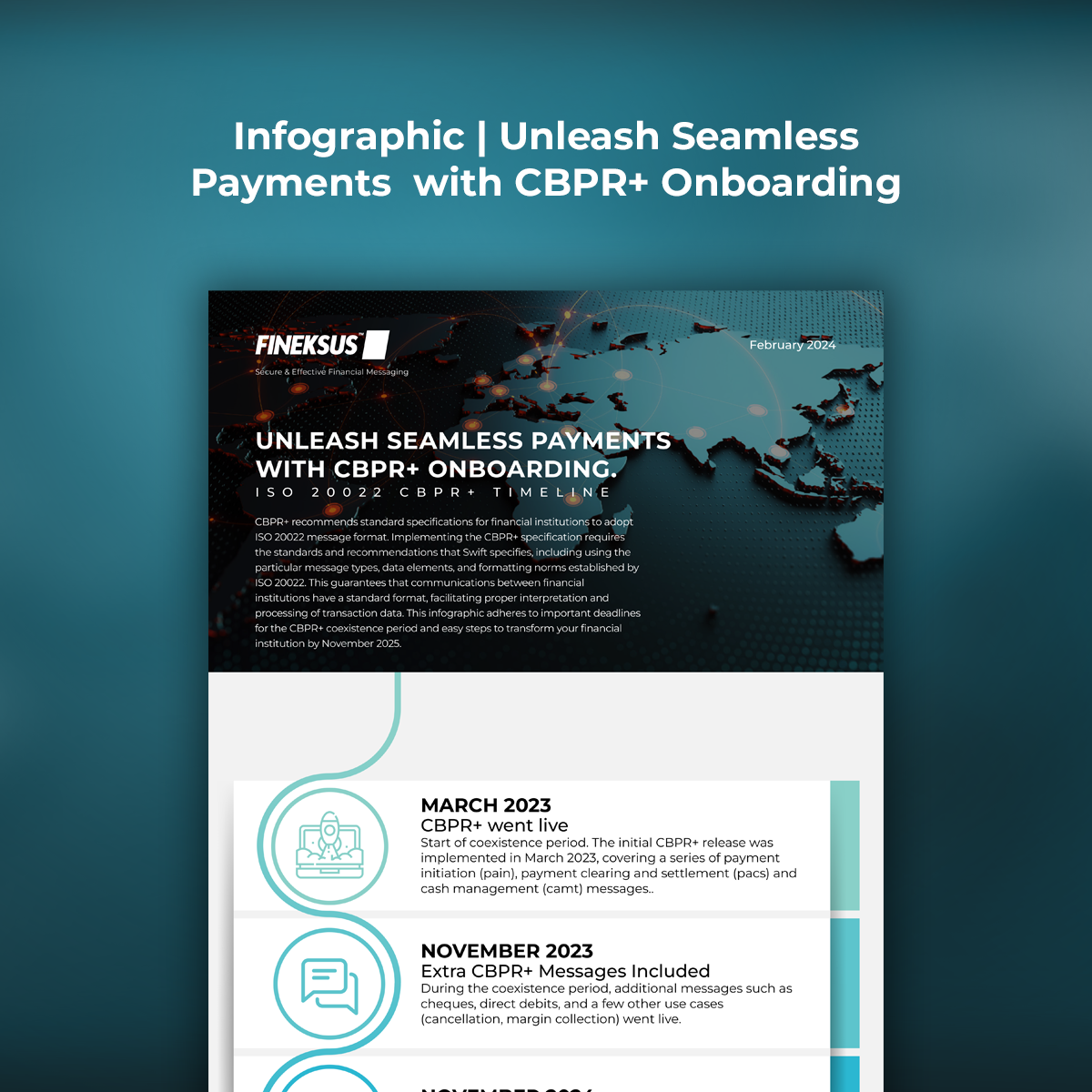
These Trends Are Changing the Payments Industry in UAE
Transition to a cashless economy
The United Arab Emirates (UAE) has one of the most dynamic, innovative and liberal economies in the Middle East and in the world too through its large amounts of investments in the infrastructural and technological developments. The UAE is also known with its high percentages (around 78%) in smartphone penetration which can be taken as another indicator of the increasing trends in digitalization in the banking industry especially for payment methods. Additionally, the country keeps growing its tourism income each year by attracting more than 16 million tourists in each year and this is yet another driving force of the region’s move towards technological innovation in the payments ecosystem since the visitors from other countries prefer to use cashless or contactless methods in their transactions. Finally, the number of businesses working internationally in the UAE is rising and consequently the need for faster, more economical, smoother and safer payment processes was getting more crucial and urgent.
The Central Bank of the UAE presented a “National Payments Strategy” in 2018 which focuses on better customer experience in local and international transactions with an aim to create safer, better regulated, less costly and more efficient payment systems and in 2020 it is becoming a reality. ISO 20022 will be the new standard for the payment platforms and instant payment system will go live. In the long term, the strategy anticipates to transform the economy of the UAE into a cashless one. The diversification in the payment landscape of the UAE is actually beneficial in such a way that it requires collaborations in between different stakeholders like banks and the FinTechs or local and international businesses. DIFC FinTech Hive and ADGM are accelerating these collaborations with innovative initiatives. Although trends show that there is an increasing tendency and trust in the digital payment solutions in the UAE, cash is still holding an important amount of share in the economy. However, there is a consensus within the region that digitalization in the financial industry must be encouraged more and the support of FinTech industry can be consulted to ensure a comprehensive solution embracing both the digitally savvy and cash users. This method also offers alternative payment methods and enriches the market by providing variant solutions for different customer needs.
Payment trends in UAE
1.Governmental
1.a. Supporting Digital Payments
In general, governments are the main driver in the process of transition to cashless economies as they are also improving the regulations accordingly, just as in the case of the UAE. While the central economical strategy of the country was built around frictionless and cashless payments, the UAE government took initiatives to support digital payments. It is a fact that cashless economy also means less financial criminal activity because thanks to the technological opportunities FinTechs offering like KYC (Know Your Customer), criminal financial activities are diminished in considerable amounts.
1.b. Higher Financial Inclusion with mobile financial services initiatives
Even though becoming a cashless society is the main objective of the UAE, the usage of cash is still in big portions that cannot be ignored. Thanks to the Government’s Wage Protection System, an electronic transfer system that requires all corporations to pay wages through approved financial institutions, and widely used e-wallets, a cashless society is not a target beyond reach with the help of upcoming initiative s. The unbanked population in the country should be financially included in the economy especially in the processes of money exchanges. The UAE government is supporting the mobile financial services initiatives that provide solutions in the financial inclusion of the unbanked to ensure a balanced system of cash and digitalization in the payments environment.
2.Banking industry
2.a. Investments in Digitalization increasing competition
The average number of cards owned by an UAE bank customer is two, so this indicates that the competition in the bank industry is intense. Also, mobile payments are becoming more and more popular everyday with the increasing number of smartphones which directly interests the banks as a new option of “go-to”. To exist or fortify their places in this competitive environment, the banks do not have other choice but to innovate themselves persistently. They need to invest in the technological developments to improve their marketing activities, offers and customer services in order to gain advantage in the competition.
2.b. Inevitable cooperation and consolidation of the UAE financial players
Different players and the diversity within the payment environment in the UAE requires various kinds of merges at some points. To ensure a consistency in the payment methods presented to customers at different places and platforms, regulators, banks, FinTechs and other financial stakeholders need to form a cooperation among themselves. Also, in such an environment where banks are struggling to become technologically sufficient and compete with each other, sharing a consolidation may seem to be the most logical and inevitable solution for many institutions.
3.E-commerce
3.a. Triggering the growth in digital payments
As a natural consequence of the rising online shopping investment, the popularity of the e-commerce platforms is increasing. This high demand in the digital sales portals directly caused a growth in the digital payments. There is a rivalry in between the e-commerce platforms to provide the best service to the customers like offering large-scale selection of goods, delivery on the same day, in-house repair and payment. As the service gets better, the interest in such platforms rises and finally the number of digital payments augments accordingly.
3.b. Non-cash Payment Solutions
The variety of non-cash payment methods is a considerable obstacle for the improvement of digital sales. According to the data, only 1.8% of all retail sales activity is on digital platforms in the Middle East; however, there is also the fact that the consumers are becoming more and more digitally savvy and equipped with smartphones. Therefore, online sales platforms are better start investing in the ways in which they can offer better and different online payment solutions to their customers. If they ensure a secure and user-friendly online shopping experience, the consumers will likely to use non-cash payment solutions more.
Conclusion: Digitalize Payments Securely
As it seems that the popularity of digital payment options continues to grow, the demand from the businesses and the consumers in adopting them will be rising. At this point, the infrastructure to provide a quick and effective payment procedure gains high importance. Onboarding to the real-time payment services can be made easier by getting the support of a technological provider which can mitigate the risks and offer a more secure transition.
In such an ecosystem of ever-changing digital payments systems, it becomes challenging to enable a sustainable security for the financial institutions. Therefore, processes like KYC (Know Your Customer) in order to identify the clients and evaluate their profiles for the compatibility to prevent any illegal transactions on time turn out to be vital for digital payments.
Keeping currently installed payment platforms for the financial institutions is not an effective choice anymore in adapting the new payment systems while being compliant and fast enough to go to market.
Fineksus positions itself as a business partner with its product portfolio with a holistic view of payment processes. AML (Anti Money Laundering) and Financial Messaging products of Fineksus create an integrated approach together and these products increase the operational efficiency for the banks to manage the risks of the digital payment methods effectively.
Ahmet Vefik Dincer, CEO

